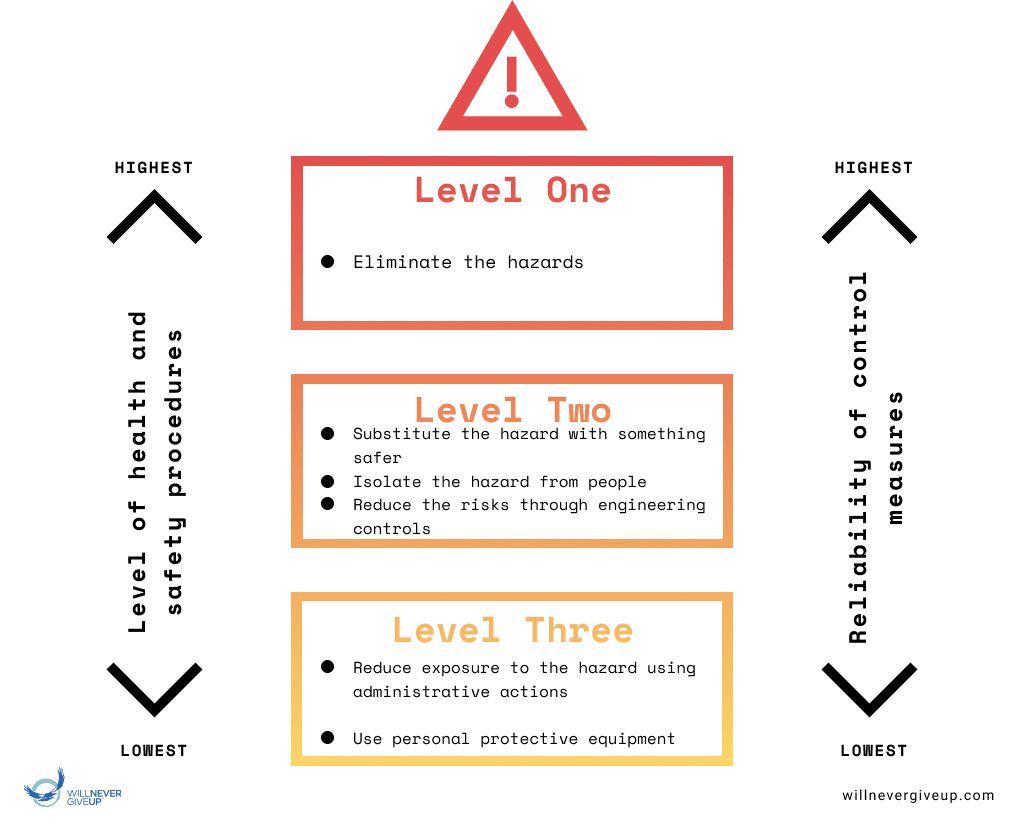This article originally published by INX Software, 16 March 2018.
By Doug Wright
Most of us spend the major part of our lives either away at work or in our homes. We like to think we’re safe in those familiar environments and we seldom spare a thought for anything within them that could affect our health and wellbeing.
When we hear the words ‘health and safety’, the usual visions that spring to mind are people falling off ladders, repetitive strain injuries, collapsing scaffolding and the like. We’re less likely to think about stress and the potential damage from unhealthy lifestyles or sleep disorders.
It’s pretty easy to see if the mandatory hard hat, protective eyewear or safety gloves are being worn on the work site, but it’s not so easy to ascertain someone’s state of mind. How can we tell if Shane is worried about being laid off, or if Talia is being hassled by a senior with unreasonable work demands?
Learn to look for the warning signs of stress, both in yourself and in others.
- Trouble concentrating
- Fatigue
- Low morale
- Anxiety or irritability
- Alcohol or drug use
- Overeating or loss of appetite
- Workplace incidents
- Workplace violence
Your stress could arise from a single event – say, for example, increased demands for overtime – or from a myriad of origins. It’s likely not only to affect you but the others around you as well.
Warning signs can show themselves in four different ways:
- Physical, such as headaches, high blood pressure and insomnia
- Psychosocial, such as defensiveness, mood swings or depression
- Cognitive, such as decreased attention, forgetfulness, or lowered problem-solving ability
- Behavioural, such as increased use of alcohol or drugs, withdrawal or isolation from others, or poor job performance
Even if your troubles stem from home, your safety at work could be put at risk. Stress can lead to accidents or injuries directly by not giving you the control needed to stop any danger to your physical well-being.
At work, major stressors are most likely to be:
- Fear of job redundancy,
- Layoffs due to an uncertain economy,
- Increased demands for overtime due to staff cutbacks
- Imminent deadlines
- Tough sales or production targets
According to research from the Indiana University Kelley School of Business, workers in high-stress jobs who have little control over workflow and other key decisions are at a higher risk of dying early.
“We explored job demands, or the amount of work, time pressure and concentration demands of a job, and job control, or the amount of discretion one has over making decisions at work, as joint predictors of death,” said Erik Gonzalez-Mulé, assistant professor of organisational behavior and human resources at the Kelley School and the paper’s lead author.
“These findings suggest that stressful jobs have clear negative consequences for employee health when paired with low freedom in decision-making, while stressful jobs can actually be beneficial to employee health if also paired with freedom in decision-making.”
We can’t always change the job, and some jobs are high-stress in the way that other jobs have higher physical risks. Looking at the Kelley School study it seems fair to suggest that we can apply the same process to stress reduction that we would when eliminating or minimising other health and safety risks.
Under the model Work Health and Safety (WHS) Act, the best control measure involves eliminating the risk—that is removing the risk from the workplace. If that is not possible you must minimise risks, so far as is reasonably practicable.
There is a hierarchy of risk control, ranking from the highest level of protection and reliability to the lowest. The ideal is to eliminate the risk, but this is not always possible.

Allowing workers greater autonomy may be seen by some as an indulgence which conveys few benefits, but if, as the study suggests, this is a practical way to reduce worker stress, then we should see it in the same way we see other risk controls, with stress as the hazard and the reorganisation of workflow and decision making as the administrative actions that reduce exposure.
BOOK NOW to see how we can help you improve the safety and health of your workplace today.

Doug Wright is a transformed survivor of a head-on near-death vehicle collision. Passionate about helping people overcome their innermost fears, especially when recovering from trauma, Doug has survived to share his courageous story … his motto is “never give up”. Away from his everyday activities, Doug invests his spare time playing his electric guitar, knocking out an eclectic mix of Eagles hits and fishing for coral trout in Airlie Beach, Northern Queensland.


